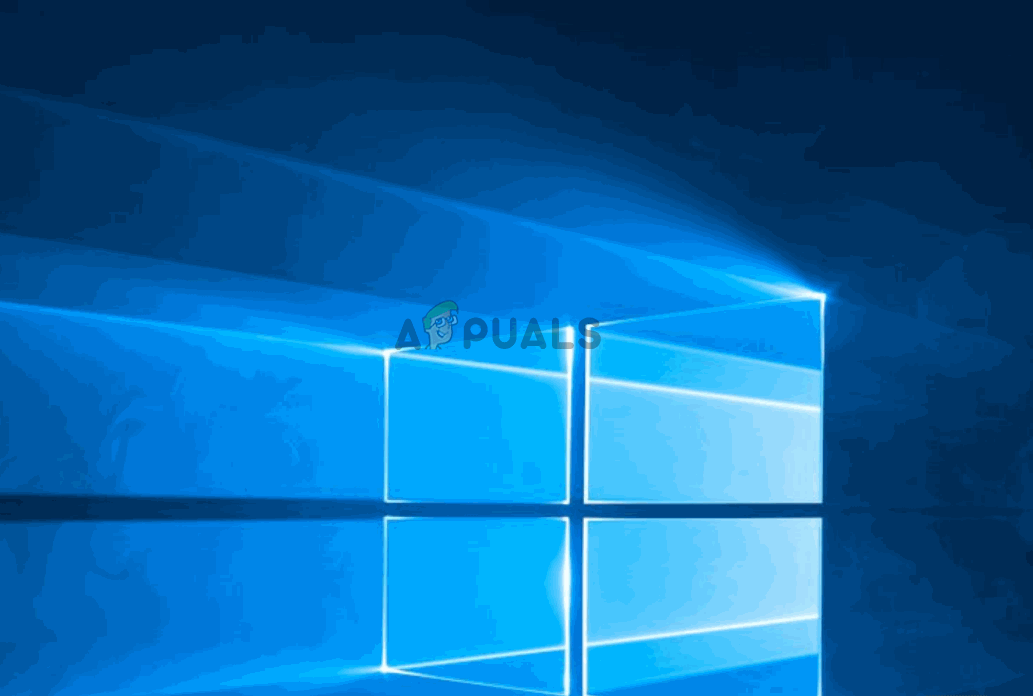How to Fix Bluetooth Not Showing in Action Center on Windows
When Bluetooth is missing from the Action Center in Windows, users can’t connect or toggle Bluetooth devices, even if it worked before. This usually means the Bluetooth service isn’t working due to driver issues or system settings. The most common cause is that the Bluetooth support service might be off, or the drivers may be outdated or corrupted.
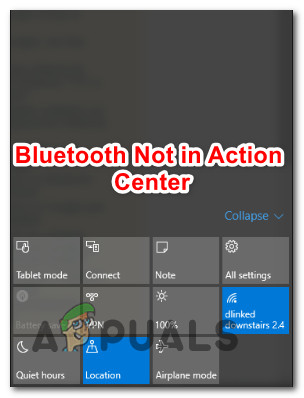
Other possible causes are recent Windows updates or hardware conflicts.
Now that you know the causes, let’s discuss the solutions.
1. Add Bluetooth to Quick Actions
Add Bluetooth to Quick Actions in the Action Center for easy access. This lets you quickly turn Bluetooth on or off and ensures it is set up correctly and visible on your system.
- Press Windows key + R to open a Run dialog box. Type “ms-settings:notifications” and press Enter to access the Notifications & actions menu in the Settings app.
- Navigate to the Quick actions section and click Add or remove quick actions.
- In the Add or remove quick actions menu, make sure the toggle for Bluetooth is set to On.
- After re-enabling Bluetooth, open the Action Center to check if the Bluetooth button is visible.
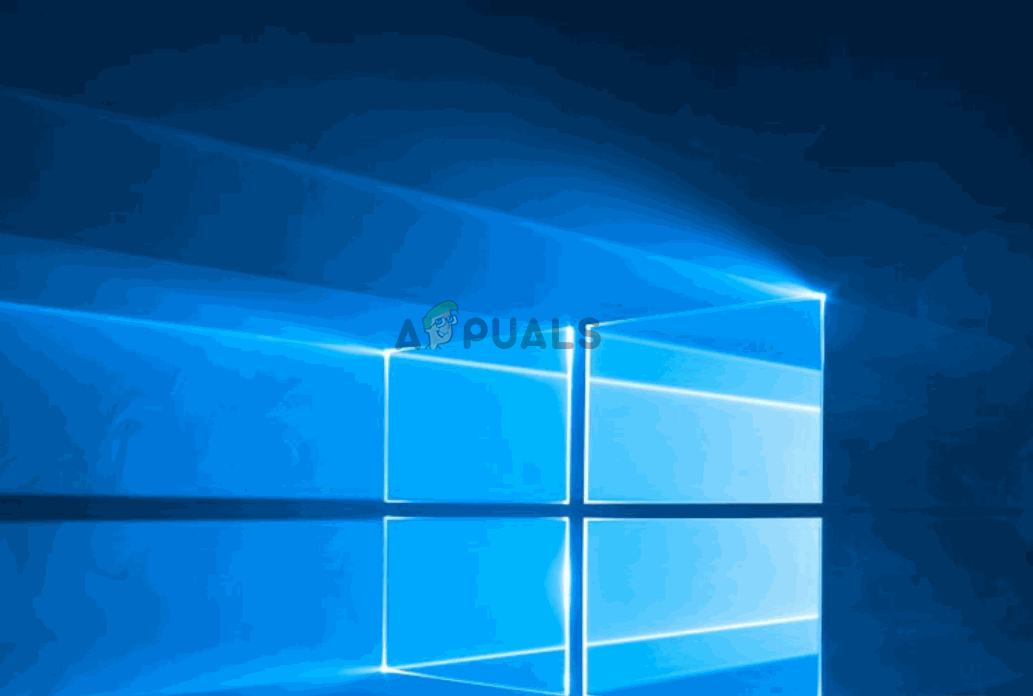
If this method wasn’t applicable, try the procedure below:
- Press Windows key + R to open a Run dialog box. Type “ms-settings:bluetooth” and press Enter to open the Bluetooth tab in the Settings app.
- Scroll to Related settings and click More Bluetooth options.
- In Bluetooth Settings, navigate to the Options tab and check the box for Show the Bluetooth icon in the notification area.
- Click Apply to save the changes.
- Open the Action Center to check if the Bluetooth icon is visible.
2. Verify if Bluetooth is active
Checking if Bluetooth is active makes sure Windows detects the hardware and it’s turned on. If inactive, it won’t show up in the Action Center or connect to devices. This step fixes issues from updates or changes, restoring Bluetooth management in Windows.
- Press Windows key + R to open a Run dialog box. Type “ms-settings:bluetooth” and press Enter to access the Bluetooth & Other devices menu in the Settings app.
- If you see this menu, your machine likely supports Bluetooth and it’s configured correctly.
Note: If you don’t see the menu, Windows doesn’t recognize any Bluetooth hardware. - If the menu isn’t visible, press Windows key + R again. Type “devmgmt.msc” and press Enter to open Device Manager.
- In Device Manager, check for a Bluetooth menu. If it’s missing, your computer either doesn’t have a built-in Bluetooth device (you’ll need a Bluetooth adapter) or is missing Bluetooth drivers.
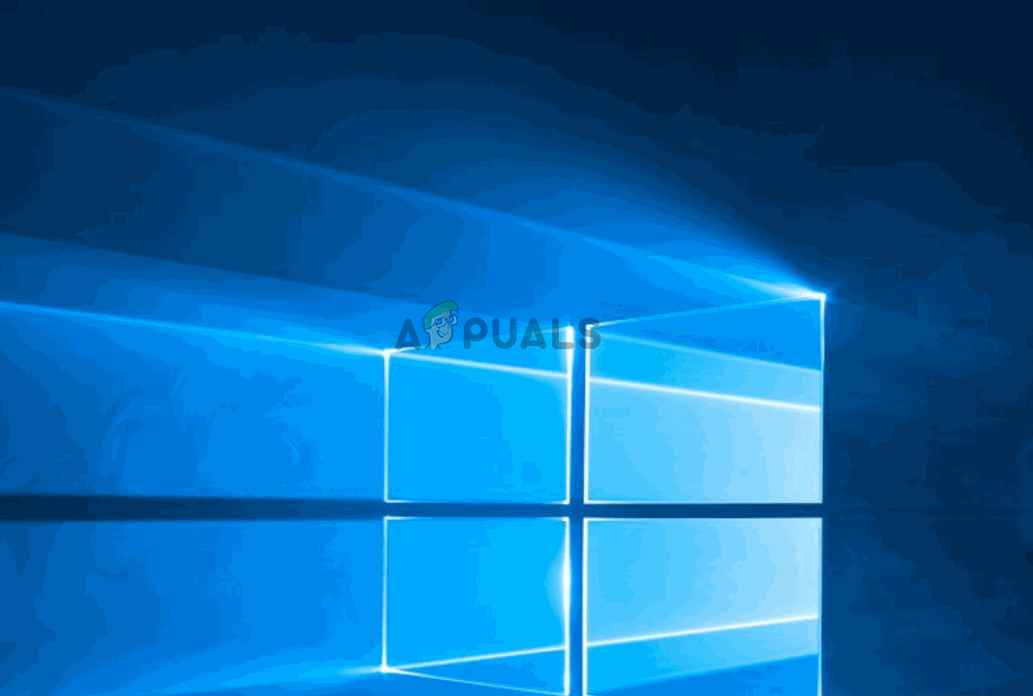
3. Run the Bluetooth troubleshooter
Running the Bluetooth troubleshooter can quickly find and fix issues with your Bluetooth setup. It automatically checks for common problems like disabled services or outdated drivers. This tool helps you solve software issues without needing to adjust settings manually, saving you time and effort.
- Press Windows key + R to open a Run dialog box. Type “ms-settings:troubleshoot” and press Enter to access the Troubleshooting tab in the Settings app.
- In the Troubleshoot tab, scroll to “Find and fix other problems“, select Bluetooth, and click Run the troubleshooter.
- Wait for the investigation to finish.
- If issues are found, the troubleshooter will automatically apply fixes.
- Restart your computer and check if the Bluetooth icon appears in the Action Center.
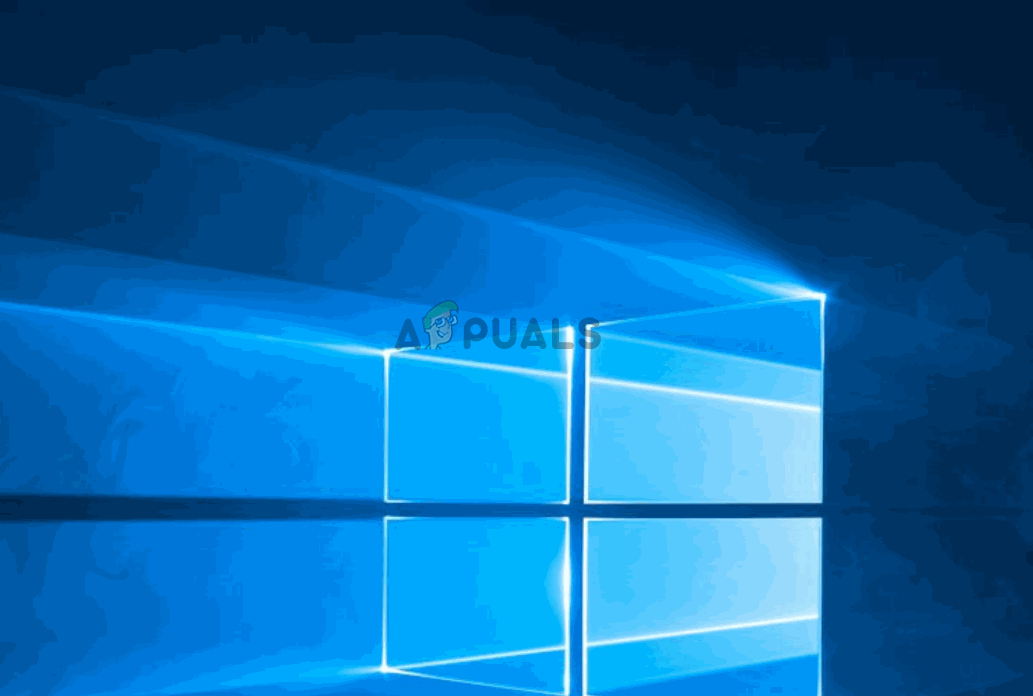
4. Update Each Bluetooth device
Outdated Bluetooth firmware or drivers can cause compatibility issues. Updating each device ensures they work well with the latest Windows settings. This fixes bugs and restores proper connectivity, keeping the device optimized for performance and minimizing future issues.
- Press Windows key + R, type “devmgmt.msc”, and press Enter to open Device Manager.
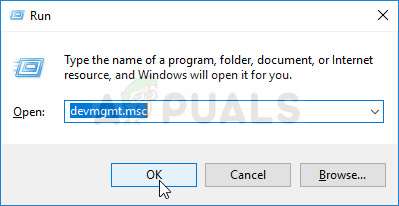
Running Device Manager via Run box - In Device Manager, expand the Bluetooth menu.
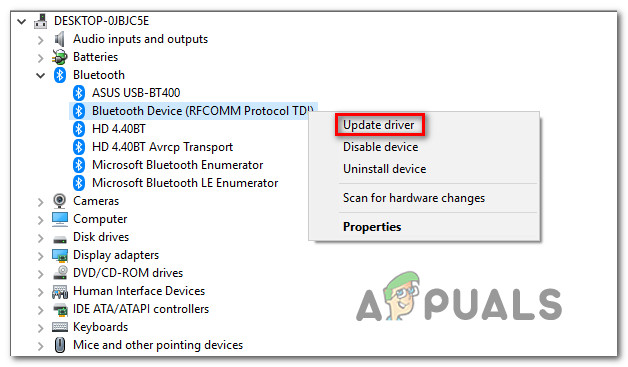
Updating every Bluetooth driver Note: Ensure View > Show hidden items is checked to see all devices.
- Click Search automatically for updated driver software and wait for it to complete.
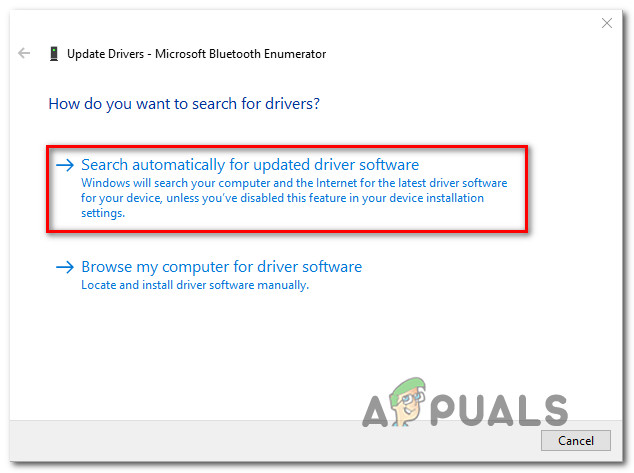
Updating the Bluetooth driver automatically - Right-click each entry, choose Update Driver. Update all Bluetooth devices.
Important: If any entries have an exclamation point, uninstall them completely. - Restart your computer and check if the issue is resolved.
5. Enable the Bluetooth Support Service
Turning on the Bluetooth Support Service makes sure Bluetooth works right. If this service is off, Bluetooth won’t start, and the icon won’t show in the Action Center. Enabling it lets your system connect to Bluetooth devices again, making the toggle visible in the Action Center.
- Press Windows key + R, type “services.msc”, and press Enter to open the Services window.
- Scroll to find Bluetooth Support Service.
- Double-click it, set Startup type to Automatic, and click Apply.
- Restart your computer to see if the Bluetooth icon appears in the Action Center.
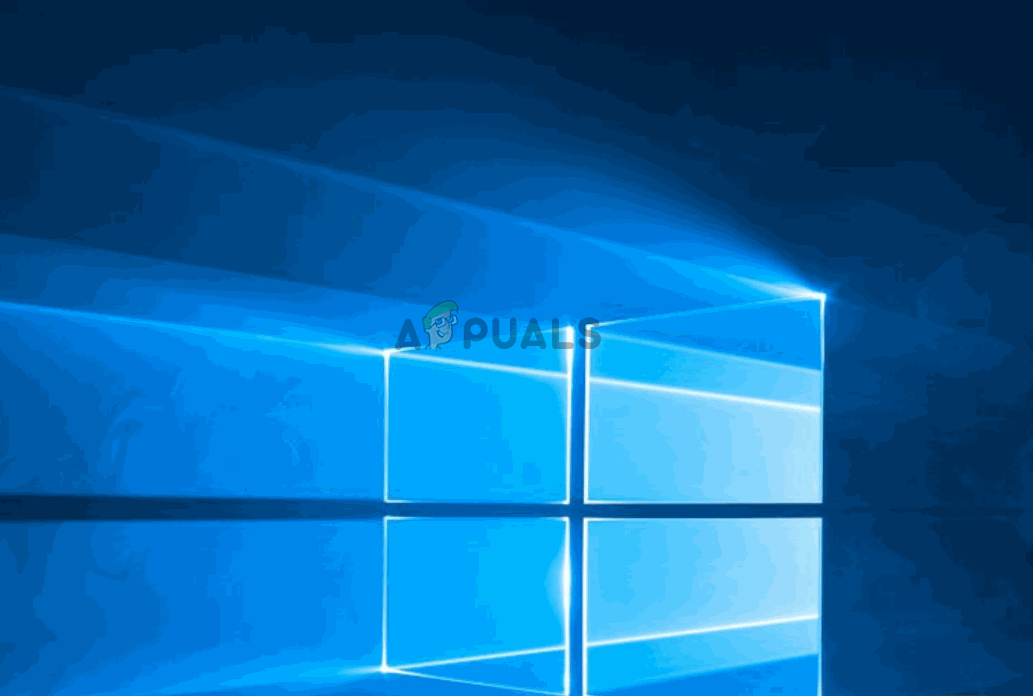
6. Disable Fast Startup
Fast Startup can prevent Bluetooth from loading correctly. Disabling it ensures all drivers load, fixing issues where Bluetooth doesn’t appear in the Action Center after restarts or updates.
- Press Windows key + R, type “ms-settings:powersleep“, and press Enter to open Power & Sleep settings.
- Go to Related settings and click Additional power settings.
- Click Choose what the power buttons do.
- Click Change settings that are currently unavailable.
- Uncheck Turn on fast startup (recommended) and click Save Changes.
- Restart your machine and see if the Bluetooth icon appears in the Action Center.
